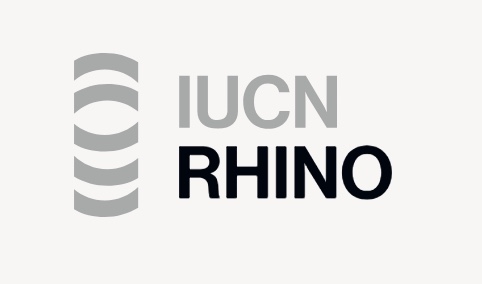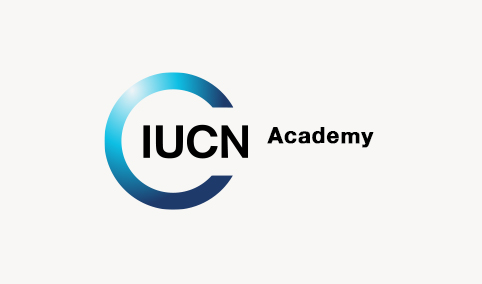Resources
Resource Hub
Resources relevant to the IUCN RHINO approach are gathered here. They are arranged by subject matter.
Key resources
Direct Impact Track
A1: Locate
- IBAT reports: Proximity, Disclosure, PS6 & ESS6, Freshwater
- IUCN’s guidance on high-integrity approaches to stakeholder engagement
- IUCN Threats Classification Scheme
- Key Biodiversity Areas
- TNFD Guidance on the LEAP approach
- TNFD Sector Guidance for Metals and Mining
- TNFD Tools Catalogue
- UNEP-WCMC Technical Brief: Area of Influence Indirect of site-based operations – indirect impacts
A2: Evaluate
- Area of Habitat definition
- BirdLife International Partners
- eBird
- Environmental Impact Classification for Alien Taxa (EICAT)
- Global Biodiversity Information Facility (GBIF)
- Global Forest Watch
- Global Invasive Species Database
- iNaturalist
- Information on invasive species in the IUCN Red List
- IUCN local/regional offices
- IUCN Red List of Threatened Species™
- IUCN Species Monitoring Specialist Group
- IUCN Species Survival Commission Specialist Groups
- IUCN Threats Classification Scheme
- WWF local/regional offices
- IUCN Red List guidance on Indigenous and local peoples with knowledge of species and threats
- World Database of Key Biodiversity Areas
A3: Assess
A4: Prepare
- GEF CSO Challenge Programme
- Indigenous and Local Knowledge in Red List Assessments
- IUCN Conservation Actions Classification Scheme
- IUCN Environmental and Social Management System
- IUCN Guidance for using the IUCN Global Standard for Nature-based Solutions
- IUCN Guidelines for species conservation planning
- IUCN Natural Resource Governance Framework
- IUCN website on invasive alien species
- PODONG Indigenous Peoples Initiative
- Reimagining Conservation through Indigenous Leadership
- SMART objectives
- TNFD Guidance on engagement with Indigenous Peoples, Local Communities and affected stakeholders
A5: Implement
- Assessment of the use of counterfactuals in evaluation of results
- Conservation Planning Specialist Group, with tools and workshop processes, and training materials available
- Conservation Actions Classification Scheme, including details on definitions and actions for each response
- Conservation Evidence
- Conservation Planning Specialist Group Project Inventory
- Good Practice Guideline of the World Commission on Protected Areas
- IUCN PANORAMA
- IUCN Managing evaluations: a guide for IUCN programme and project managers
- Methods for evaluating both primary and secondary leakage: Verified Carbon Standard, 2014
- IUCN SSC Species Monitoring Specialist Group
A6: Report
Take your first step to Nature Positive outcomes
IUCN RHINO guides what to do, where to act, and how to measure progress towards Nature Positive outcomes.









